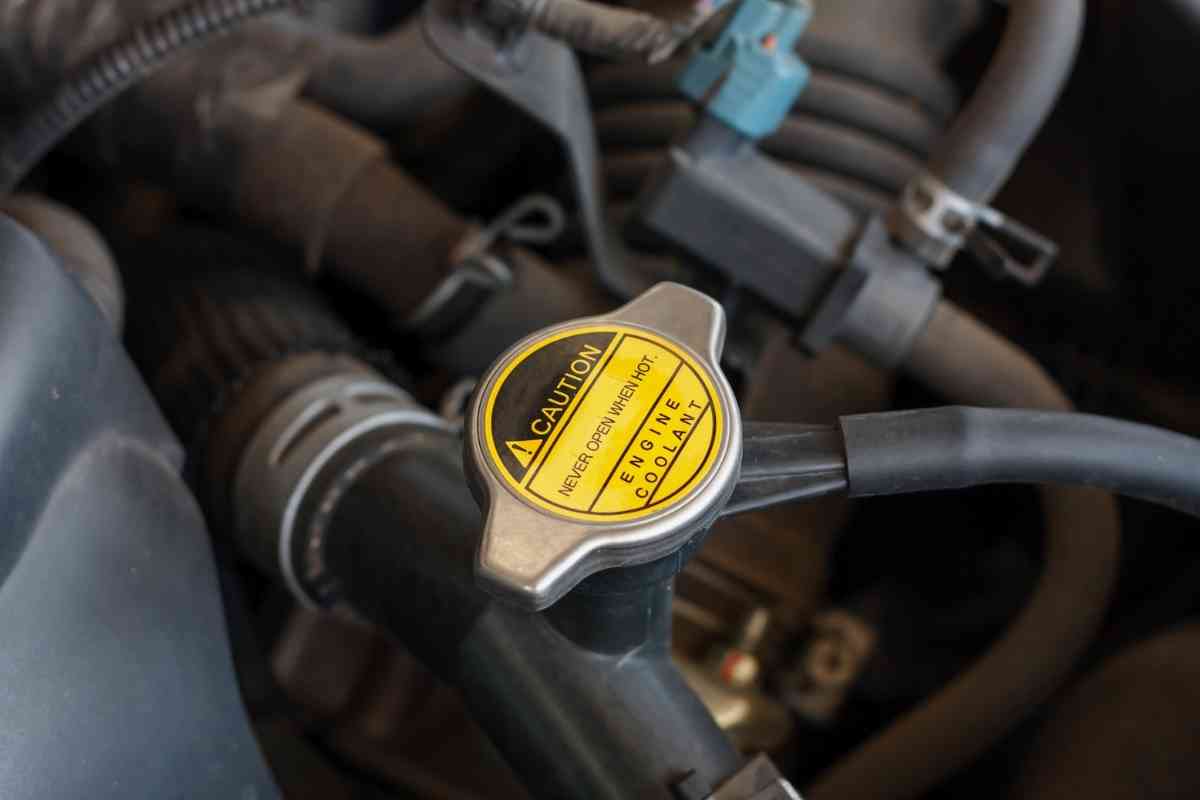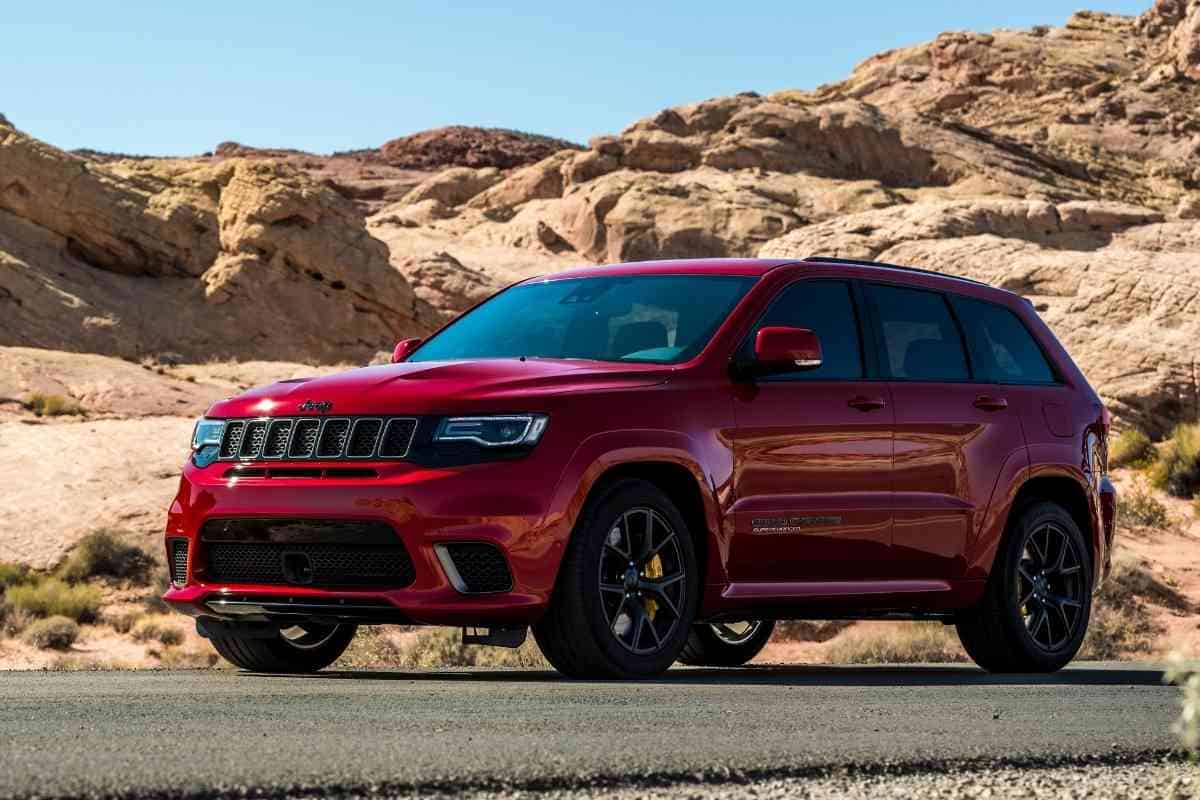What Coolant Should I Use For A Jeep Grand Cherokee?
Need to put coolant in your Jeep Grand Cherokee? Coolant is critical to your vehicle, and getting the right kind can be a bit confusing. So what kind of coolant do you put in a Jeep Grand Cherokee? You’ll want to keep your vehicle at top performance – and damage-free regardless of the temperature.

What are the best coolants for a Jeep Grand Cherokee?
Different models and years of Jeep Grand Cherokee could use different types of coolant, even in different amounts. The most prevalent types of coolant are OAT (Organic Acid Technology) coolant or HOAT (Hybrid Organic Acid Technology). They also use a variation known as DEX-COOL.
Does that sound confusing? We’ll walk you through the different kinds of coolant fluid and how to know exactly what to use.
We’ve worked with automotive service departments before, and know that coolant types can be odd. We also understand the importance of getting it right, so we’ll show you some info that will help you do so.
What kind of antifreeze do you put in a Jeep Grand Cherokee?
Since different years of Jeep Grand Cherokee can have slightly different formula requirements for antifreeze, we are first going to suggest checking your manual. The Jeep Grand Cherokee manual should at the very least have suggestions about what type of antifreeze to use, if not a brand and mixture. Here are a couple of examples of antifreeze it might ask that you use. Your manual will also state how often to change your antifreeze.
Inorganic Additive Technology
This is the oldest type of antifreeze for your Jeep Grand Cherokee and might be found in your manual if the Jeep was made before 1990. While Jeeps certainly do last that long with some tender, loving care, this is unlikely the kind of antifreeze you’ll be putting in your Jeep unless the manual says so.
IAT antifreeze is perhaps best known for its bright green color. You’ll certainly know if you have a leak or spill! It wasn’t a very efficient type of anti freeze and needed changes every couple of years.
Organic Acid Technology
OAT acid makes more improvements over IAT in that it can last a lot longer. This type of antifreeze doesn’t use silicates or phosphates, so its anti-corrosive abilities are much better. OAT is usually a red, yellow, orange, purple, or blue color coolant.
You’ll find that your Jeep will call to have this changed less often, at about every ten years or 135,000 miles. If your Jeep was built after 2013, this is most likely the type of antifreeze it will ask for.

Hybrid Organic Acid Technology
HOAT is designed for newer vehicles. You’ll more likely find it in German or Asian vehicles, though it was the recommended type of antifreeze for Jeep up until 2013.
The difference here is that some silicates were added back in to prevent aluminum corrosion. These corrosion inhibitors enhance your cooling system by removing particles that would otherwise contaminate the vehicle’s coolant. The life of service was shorter though, at 5 years or 150,000 miles. If your Jeep was built before 2013, this might be the type of antifreeze for you.
What kind of antifreeze do you put in a 2018 Jeep Grand Cherokee?
Your 2018 Jeep Grand Cherokee manual most likely calls for OAT (Organic Acid Technology) antifreeze, which is the longest-lasting antifreeze available. This type of antifreeze should be readily available at hardware stores, auto parts stores, and your dealership.
What coolant do Jeeps use?
Most of them currently use either the OAT or HOAT type of antifreeze, though you’ll want to check your manual to be sure.
What color of coolant does a Jeep Grand Cherokee use?
The answer depends on the year. A Jeep Grand Cherokee built after 2013 most likely uses an antifreeze that is yellow, red, or potentially purple or blue. If it was built before 2013, you’ll likely be looking for yellow, blue, purple, pink, or even turquoise.
Given the overlap in colors, A better recommendation is to look at the actual type of antifreeze on the bottle. Also, unless you have a 1990 or older Jeep Grand Cherokee, green is probably the wrong choice.
Colors are added to antifreeze in part to make it easier to spot leaks. Otherwise, the color isn’t an especially good indicator of the actual type.
What does coolant do?
Coolant and anti-freeze work in a couple of ways. Unlike water itself, the addition of chemical coolants helps water have a significantly larger range of temperature before evaporating. When the Jeep gets hot, the water and additives help cool the engine down. Once winter comes, the antifreeze element keeps the water from actually freezing.
Do I need to mix water with coolant?
Most coolants come in a 50/50 water to coolant mix, so you shouldn’t have to adjust the product at all. In rare situations, a bottle of coolant might ask for a mix of distilled water. Your Jeep probably won’t need a particular coolant mixture unless you are otherwise experiencing issues with your Jeep cooling itself.
Why does the coolant need to be changed or flushed?
When coolant starts to wear it, the liquid is less effective at cooling the engine down or keeping it from getting cold, depending on the weather.
Worse yet, worn-out coolant loses some of its abilities to prevent rust. You definitely don’t want rust building up in your engine, so change the coolant when the service intervals for your Jeep suggest it.
Can the wrong kind of antifreeze damage anything?
It actually potentially could, especially if you leave it in too long. The metals used to make a Jeep engine could be harmfully affected by IAT or older kinds of antifreeze. The result can be corrosion and rust on parts like the water pump, radiator hoses, radiator, and gaskets within your engine.
These are designed to work within certain tolerances and for exposure to certain chemicals. Putting the wrong kind of chemicals in their place can wear them out and lead to premature engine problems.
If you do put the wrong kind of antifreeze in, we suggest you have it flushed out to prevent further problems.
What are signs that I should change antifreeze?
While your Jeep will have recommendations in the manual for how often you should have the antifreeze changed, you might also experience some issues with your Jeep that tell you to change the antifreeze sooner.
Vehicle overheating
Vehicles have a relatively strict operating range. Most Jeeps have a built-in meter to indicate engine heat. If the engine heat appears above normal, you’ll want to stop driving immediately and get the vehicle more antifreeze.
Lack of heating or cooling
Your Jeep won’t be able to produce warm air in the winter. If you notice that your vehicle’s temperature seems off and you aren’t getting warm air, it might be a problem with the coolant.
Colors
Your antifreeze should stay close to the same color. If you notice a rusty color or darker color than normal, get your antifreeze changed as soon as you can. You might also see metallic debris in the coolant, which isn’t a great sign because the metal probably came from your engine.
Leaks
This isn’t so much a sign that your antifreeze is bad, so much as it indicates a problem with the antifreeze tank. A leak could match the color of your antifreeze and be found dripping below your vehicle.
